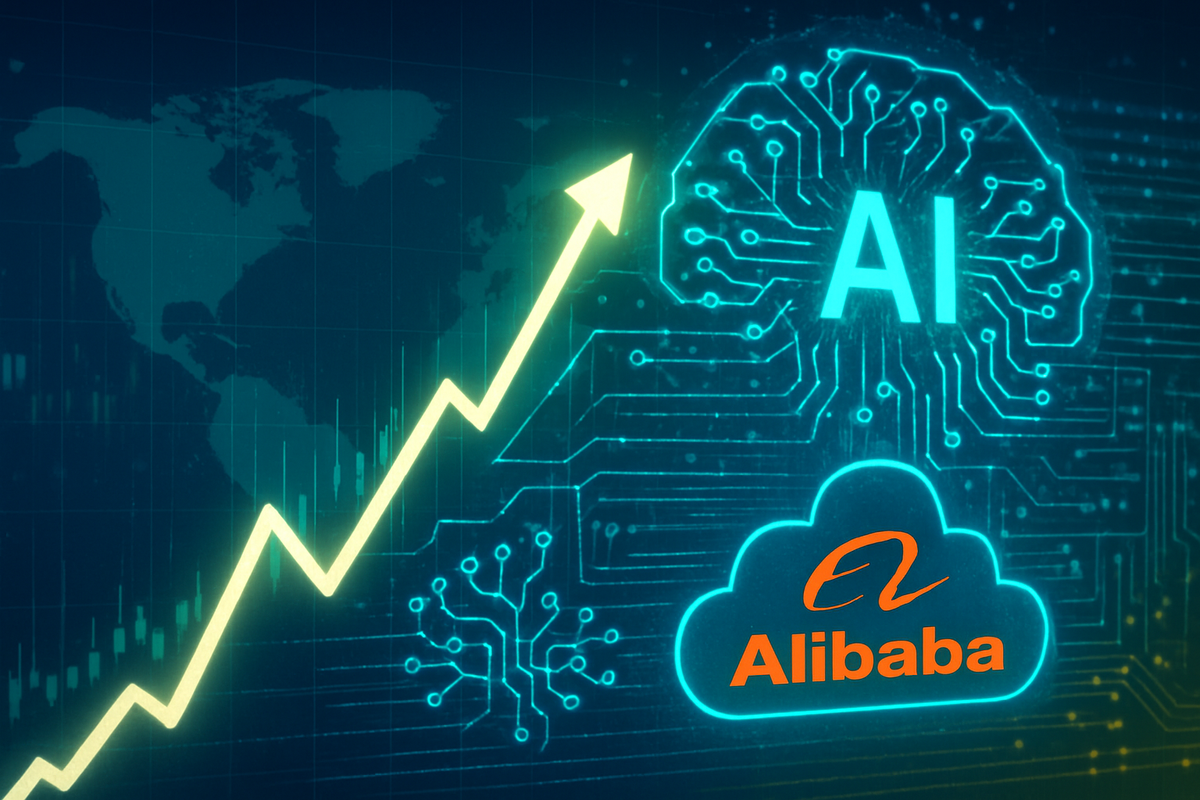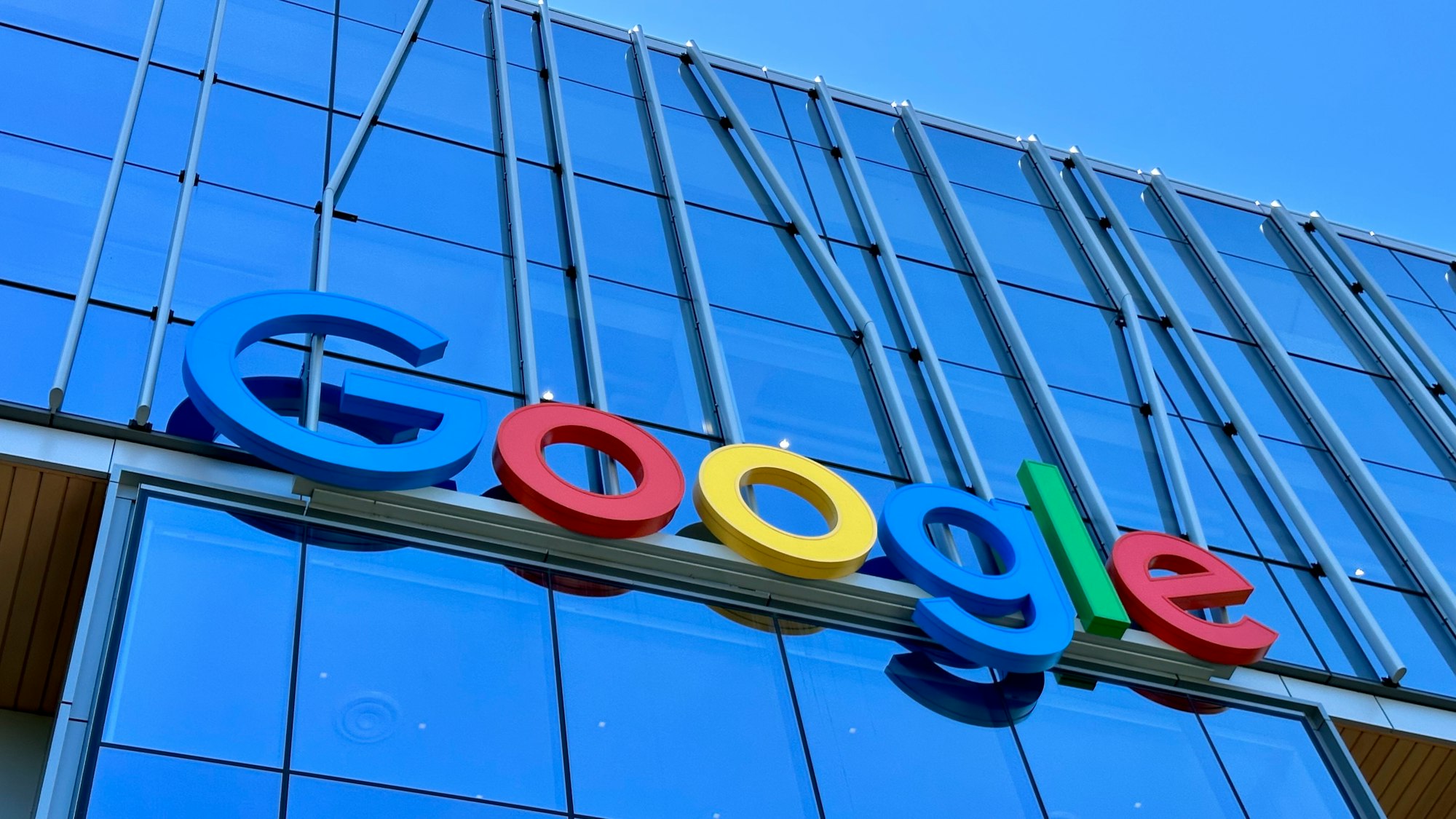You've probably noticed the excitement surrounding AI agents in tech circles. Social media buzzes with demonstrations of autonomous systems booking appointments, managing emails, and handling complex workflows. Silicon Valley investors are pouring billions into agent-focused startups. The promise seems tantalizingly close.
Karpathy sees a different picture. His timeline for meaningful AI agent development is 5-10 times more pessimistic than what you're hearing from most industry insiders. This isn't coming from a skeptic or AI denier Karpathy helped build the technology powering today's most advanced AI systems. His credentials include leading Tesla's Autopilot vision team and contributing to foundational work at OpenAI.
The gap between current hype and Karpathy's sobering assessment raises critical questions :
- What do we actually mean by "operational" AI agents ?
- What technical barriers stand between today's impressive demos and truly autonomous systems ?
Understanding Karpathy's perspective requires examining the fundamental limitations plaguing current AI agent technology.
Understanding AI Agents and Their Current Capabilities
AI agents are autonomous software systems designed to perceive their environment, make decisions, and execute actions to achieve specific goals without constant human supervision. You can think of functional AI agents as digital assistants capable of handling complex workflows from scheduling meetings and managing emails to analyzing data and generating reports.
The promise of these systems centers on their ability to :
- Operate independently across multiple applications and platforms
- Chain together sequences of actions to complete multi-step tasks
- Adapt their behavior based on contextual information
- Interface with various tools and APIs to accomplish objectives
Current AI agents fall short of this vision in critical ways :
- Multimodality : The ability to seamlessly process and integrate text, images, audio, and other data formats remains underdeveloped. Most agents struggle when tasks require switching between different types of information or understanding context that spans multiple modalities.
- Continuous learning : Today's agents can't effectively learn from their mistakes or improve their performance over time without explicit retraining. Each interaction exists in isolation, preventing the accumulation of experience that would enable genuine autonomous improvement.
- Cognitive knowledge : The absence of robust cognitive knowledge means agents lack the deep understanding of how software systems work, how humans interact with technology, and how to navigate the countless edge cases that arise in real-world scenarios.
These limitations explain why you're still waiting for truly functional AI agents.
Andrej Karpathy's Critique of Present AI Agent Limitations
Karpathy's assessment of current AI agent performance reveals sobering mathematical realities that challenge industry optimism. The numbers paint a stark picture : each individual action performed by an AI agent carries approximately a 20% error rate. You might think this sounds manageable until you consider how these errors compound across multiple sequential tasks.
When an AI agent attempts to complete five consecutive actions, the probability of executing all steps correctly drops to just 32%. This dramatic decline illustrates a fundamental challenge facing autonomous systems today the limitations des agents d'IA become exponentially more severe as task complexity increases.
Quintin Au from ScaleAI reinforces this concern by highlighting how errors amplify with each additional layer of complexity. A single misstep in an early action cascades through subsequent steps, creating a domino effect that derails the entire workflow. You're essentially watching a compounding failure rate that makes reliable autonomous operation nearly impossible with current technology.
The performance des agents IA suffers particularly when tasks require :
- Sequential decision-making across multiple steps
- Context retention from previous actions
- Error recovery without human intervention
- Adaptive responses to unexpected outcomes
Karpathy's critique doesn't stem from pessimism about AI's potential. His concerns focus specifically on the gap between what current systems can reliably accomplish versus what the market expects them to deliver in the near term.

Timeline Predictions for Operational AI Agents : A Decade Away
Andrej Karpathy, co-founder of OpenAI, believes it will take ten years before AI agents are truly operational. This prediction stands in stark contrast to the excitement permeating Silicon Valley tech circles and social media platforms, where many voices suggest breakthrough AI agents could arrive within 1-2 years.
The AI development timelines that Karpathy projects are 5-10 times more pessimistic than industry hype. While Twitter threads and tech conferences buzz with promises of imminent autonomous AI systems, Karpathy grounds his forecast in technical realities. You'll find venture capitalists and startup founders painting rosy pictures of near-term AI agent deployment, yet Karpathy's decade-long timeline reflects a deeper understanding of the engineering challenges ahead.
His extended forecast stems from several critical factors :
- Multimodal integration requires fundamental architectural breakthroughs, not incremental improvements
- Continuous learning systems demand solving problems that have stumped researchers for years
- Reliable computer use needs error rates far below current 20% per-action failures
- Cognitive knowledge frameworks must be built from scratch
Karpathy doesn't position himself as an AI skeptic, he's optimistic about AI's long-term potential. His timeline simply acknowledges the gap between today's prototype systems and production-ready agents that can handle real-world complexity without constant human intervention.
The difference between a demo that works 80% of the time and a system reliable enough for autonomous deployment represents years of painstaking development work.

The Role of Human-AI Collaboration in Overcoming Challenges
Karpathy's vision doesn't dismiss AI agents entirely he reframes the conversation around human-AI collaboration as the practical path forward. Rather than pursuing fully autonomous systems that operate without oversight, he advocates for hybrid workflows where humans and AI work together to compensate for each other's weaknesses.
Example : API Documentation Extraction
You can see this philosophy in action through Karpathy's specific example : API documentation extraction. When AI agents attempt to parse technical documentation, they encounter incomplete specifications, ambiguous language, and edge cases that weren't explicitly documented.
A purely autonomous agent might hallucinate details or make incorrect assumptions when faced with these gaps. The human-AI partnership solves this problem :
- AI handles the heavy lifting : Scanning thousands of pages, identifying patterns, and extracting structured information at scale
- Humans provide judgment : Resolving ambiguities, verifying critical details, and making decisions when documentation conflicts or remains unclear
- Iterative refinement : The AI learns from human corrections, gradually improving its accuracy on similar tasks
Acknowledging Limitations and Building Resilience
This collaborative approach acknowledges the 20% error rate per action that current LLMs exhibit. Instead of hoping the technology magically improves overnight, you build systems that assume errors will occur and create feedback loops where human expertise catches mistakes before they compound. The synergy between human intuition and AI's computational power creates reliability that neither could achieve alone.
Risks Associated with Low-Quality AI-Generated Content ('Slop' AI)
Karpathy's warnings extend beyond technical limitations to address a pressing concern : "slop" AI. This term describes the wave of low-quality, unreliable contenu généré par IA flooding digital spaces. You've likely encountered it—articles that sound plausible but contain factual errors, code snippets that break when implemented, or documentation that confidently states incorrect information.
The mathematics behind this problem are stark. When AI agents operate with a 20% error rate per action, the quality degradation becomes exponential. You're not dealing with isolated mistakes; you're watching errors cascade through systems, creating content that appears authoritative while being fundamentally flawed.
The implications reach far beyond inconvenience :
- Misinformation proliferation : Low-quality AI content spreads false information at scale, making it increasingly difficult for you to distinguish between reliable and unreliable sources
- Erosion of trust : As slop AI saturates information channels, you may find yourself questioning all digital content, even legitimate sources
- Professional displacement risks : When companies deploy unreliable AI systems without proper oversight, human expertise gets devalued, yet the AI can't deliver the quality needed
You need to understand that slop AI isn't just about poor writing or awkward phrasing. It represents a systemic risk where speed and volume take precedence over accuracy and reliability. The current state of AI agents, lacking continuous learning and proper verification mechanisms, makes them particularly susceptible to generating this type of problematic content at unprecedented scales.

Industry Perspectives and Expert Opinions on Future Innovations in AI Agents
The AI community has a wide range of opinions on when we'll actually see fully functional AI agents.
Andrej Karpathy, co-founder of OpenAI, believes it will take ten years before AI agents are truly operational, a timeline that stands in stark contrast to the enthusiasm you'll encounter in San Francisco tech circles and across social media platforms.
Quintin Au from ScaleAI brings mathematical precision to the skepticism, demonstrating how error rates compound exponentially as agents attempt complex, multi-step workflows. His analysis reveals the harsh reality : what seems like a manageable 20% error rate per action transforms into a mere 32% success probability across five sequential steps.
The research community has identified critical development pathways that could bridge this gap :
- Multimodal integration : enabling agents to process and respond to text, images, audio, and video simultaneously
- Continual learning capabilities : allowing systems to adapt and improve from ongoing interactions without complete retraining
- Enhanced cognitive knowledge frameworks : building deeper understanding of context and reasoning
You'll find cautious optimism among researchers who acknowledge these technical hurdles while remaining committed to solving them. The consensus points toward incremental progress rather than sudden breakthroughs. Karpathy himself clarifies his position : he's not an AI skeptic, but his timelines run 5-10 times longer than prevailing industry expectations.
This measured approach reflects the complex engineering challenges that separate today's impressive demos from tomorrow's reliable, production-ready AI agents.
Conclusion
Andrej Karpathy's views on AI agents offer a reality check in an industry often dominated by breathless headlines and ambitious promises. Karpathy, co-founder of OpenAI, believes it will take ten years before AI agents are truly operational a timeline that stands in stark contrast to the enthusiasm you'll encounter across tech circles and social media feeds.
You need to approach AI developments with measured expectations. The technology shows genuine promise, yet the path from impressive demos to reliable, autonomous systems involves solving fundamental challenges that won't disappear overnight. The 20% error rates per action and compounding failures across multi-step tasks represent real obstacles, not minor inconveniences.
Your best strategy ? Stay informed about both the breakthroughs and the limitations. Recognize that human-AI collaboration will define the next phase of this technology's evolution. The decade-long timeline Karpathy suggests isn't pessimism; it's pragmatism grounded in technical reality. You'll benefit from embracing this balanced perspective rather than getting swept up in either extreme hype or unwarranted skepticism.
FAQs (Frequently Asked Questions)
Who is Andrej Karpathy and what is his role in AI development ?
Andrej Karpathy is a co-founder of OpenAI and a notable expert in artificial intelligence. He has contributed significantly to AI research and development, providing insights into the future capabilities and timelines of AI agents.
What are AI agents and what functionalities do they currently possess ?
AI agents are autonomous systems designed to perform tasks by perceiving their environment and acting upon it. Currently, these agents have limited capabilities, lacking multimodality the ability to process multiple types of data simultaneously and continuous learning, which restricts their operational effectiveness.
What limitations of present AI agents does Andrej Karpathy highlight ?
Karpathy points out that current AI agents have high error rates, approximately 20% per action. This error rate compounds over sequential tasks, leading to only about a 32% success rate for executing five consecutive actions. Such limitations hinder the reliability and autonomy of these systems.
Why does Andrej Karpathy predict it will take ten years for AI agents to become truly operational ?
Karpathy's decade-long timeline stems from a realistic assessment of the challenges in reducing errors, achieving multimodal integration, and enabling continuous learning. His forecast contrasts with more optimistic industry hype, emphasizing that meaningful progress toward autonomous AI agents requires sustained research and development over the next ten years.
How does human-AI collaboration play a role in overcoming current AI challenges ?
Karpathy envisions that collaboration between humans and AI systems is essential to enhance effectiveness and reliability. For example, in tasks like API documentation extraction, human oversight helps manage uncertainties and incomplete data, enabling better performance than AI alone could achieve at this stage.
What risks are associated with low-quality or 'slop' AI-generated content ?
'Slop' AI refers to unreliable or low-quality content produced by current AI systems. Such content poses risks including misinformation dissemination and potential threats to human roles if quality issues remain unaddressed. Ensuring high-quality outputs is crucial to mitigate these risks as AI technologies evolve.





